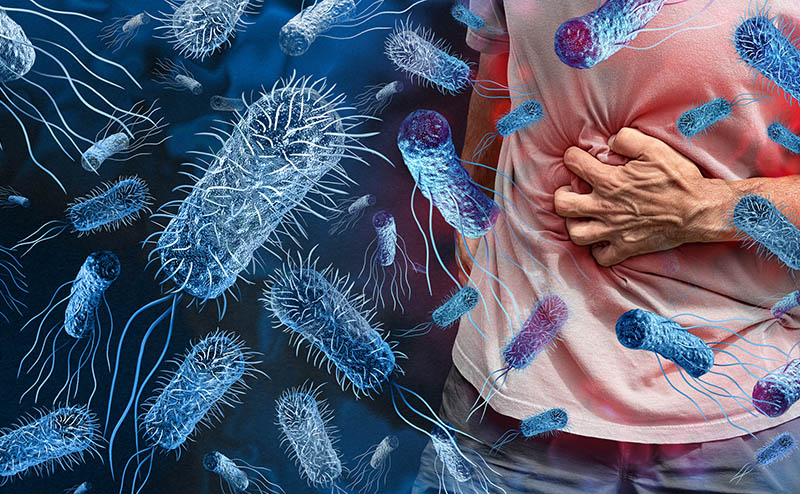Index Surge: Amplifying Your Insights
Stay updated with the latest trends and news across various industries.
Beware the Bacteria: Surviving a Dinner Disaster
Uncover shocking bacteria risks that could ruin your dinner! Discover survival tips and safe food practices to save your meal!
Top 5 Bacteria to Watch Out For in Your Dinner
When it comes to food safety, being aware of the top bacteria that can contaminate your dinner is crucial. Here are the Top 5 Bacteria to Watch Out For:
- Salmonella - Often found in undercooked poultry and eggs, Salmonella can cause severe gastrointestinal distress and is a leading cause of foodborne illness.
- Escherichia coli (E. coli) - Particularly dangerous strains like E. coli O157:H7 can be present in undercooked beef and contaminated produce, leading to serious health complications.
- Listeria monocytogenes - This bacteria can thrive in cold temperatures and is commonly found in deli meats, unpasteurized dairy, and ready-to-eat foods, posing significant risks, especially to pregnant women.
- Campylobacter - Frequently found in raw or undercooked poultry, Campylobacter is another major contributor to food poisoning that can lead to severe intestinal issues.
- Clostridium perfringens - Known for its rapid growth in large servings of food that are kept warm for long periods, this bacteria is commonly associated with buffets and catered events.
Being informed about these bacteria can help you take preventive measures when preparing your meals. Always ensure that you cook foods to the recommended temperatures, store leftovers at safe temperatures, and practice good hygiene in the kitchen. By keeping an eye out for these bacteria, you can enjoy your dinner without the worry of foodborne illnesses.

What to Do If You Suspect a Foodborne Illness
If you suspect a foodborne illness, the first step is to assess your symptoms. Common signs include nausea, vomiting, diarrhea, abdominal pain, and fever. If you are experiencing these symptoms, it's crucial to stay hydrated by drinking plenty of fluids, such as water or electrolyte drinks. If the symptoms worsen or persist for more than 48 hours, it is recommended to seek medical advice to determine the appropriate course of action.
While waiting for treatment or a doctor's appointment, it is essential to keep track of what you have eaten in the past week. This information can help healthcare professionals identify the source of the problem. Additionally, make sure to report your illness to local health authorities, especially if you believe it resulted from a restaurant or store. Such reports are vital for monitoring and preventing foodborne outbreaks in the community.
How to Safely Handle and Cook Food to Avoid Bacteria
Handling and cooking food safely is crucial to prevent the growth of harmful bacteria. Start by ensuring that your hands, utensils, and surfaces are clean before touching any food. Wash your hands thoroughly with soap and water for at least 20 seconds, especially after using the restroom, touching raw meat, or handling pets. Use separate cutting boards for different types of food—designating one for raw meat and another for fruits and vegetables—to avoid cross-contamination. It's also important to keep your kitchen environment clean by regularly sanitizing surfaces and utensils.
When it comes to cooking, always ensure that food is cooked to the recommended internal temperatures to effectively kill any existing bacteria. Use a food thermometer to check temperatures: 145°F for whole cuts of meat, 160°F for ground meats, and 165°F for poultry. Additionally, refrigerate leftovers within two hours of cooking and consume them within three to four days. By following these essential guidelines, you can significantly reduce the risk of foodborne illness and keep your meals safe and enjoyable.